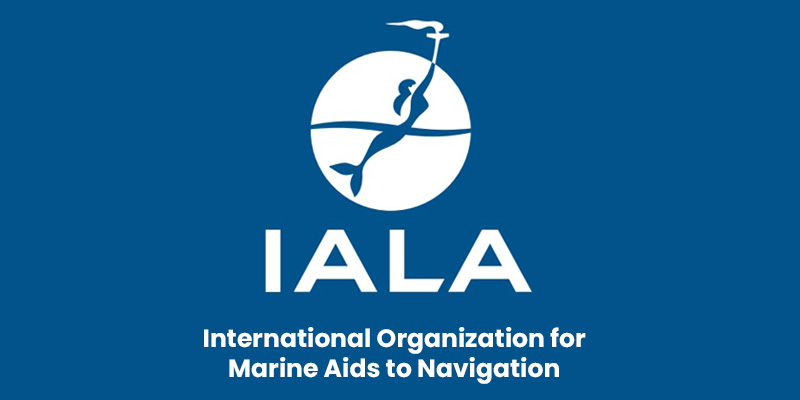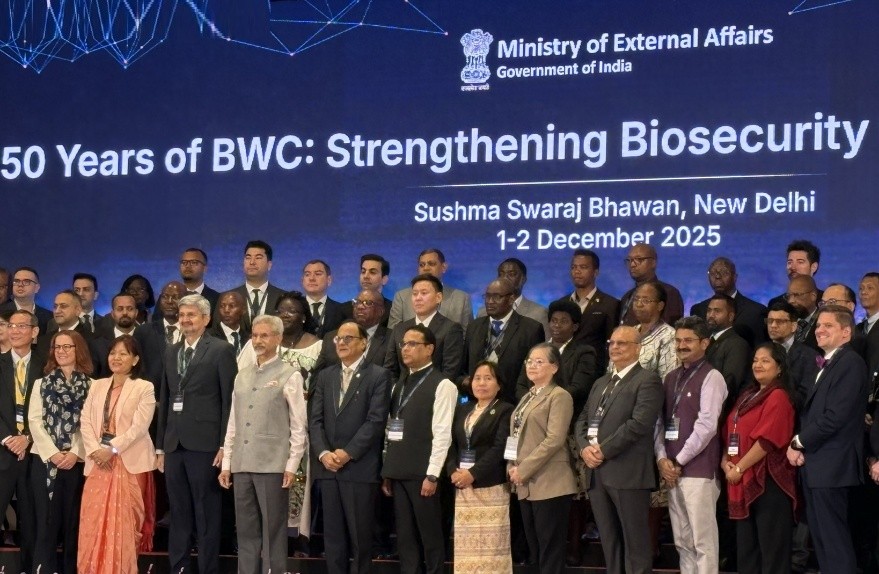Font size:
Print
Recasting Insolvency Resolution
Context:
The Insolvency and Bankruptcy Code, 2016 (IBC), represents one of India’s most significant economic reforms, designed to streamline insolvency resolution through a structured, time-bound process.
More on News
- Upon its introduction, the IBC was hailed as a game-changer, expected to improve India’s business environment and hold defaulting borrowers accountable.
- However, as the law has matured, several issues have emerged, particularly concerning institutional capacity and procedural efficiency.
- The recent Supreme Court ruling in the Jet Airways case (State Bank of India & Ors. vs. The Consortium of Mr. Murari Lal Jalan and Mr. Florian Fritsch & Anr.) has highlighted the systemic challenges undermining India’s insolvency regime.
The Dual Burden of the NCLT and NCLAT
- The effective implementation of the IBC rests heavily on the National Company Law Tribunal (NCLT) and its appellate body, the National Company Law Appellate Tribunal (NCLAT).
- Unfortunately, these tribunals bear the dual responsibility of managing insolvencies under the IBC and adjudicating cases under the Companies Act.
- This institutional framework suffers from what can be described as “temporal disjunction.”
- While conceived in 1999 based on the recommendations of the Eradi Committee, the NCLT was operationalised in 2016 and remains structured around outdated economic realities.
- With a sanctioned strength of just 63 members, many of whom are spread across multiple benches, the NCLT struggles to meet present-day demands.
- Moreover, several benches do not operate full working hours, even when there is no requirement to manage cases from other benches.
- Consequently, delays in resolving cases have worsened, with the average time for insolvency resolution increasing to 716 days in FY2023-24, up from 654 days in FY2022-23, as per data from the Insolvency and Bankruptcy Board of India (IBBI).
- This persistent delay undermines the Supreme Court’s directives for adhering to the IBC’s specific timelines, as reiterated in the Jet Airways case.
- The Court emphasised that tribunals must not exercise judicial discretion in extending timelines in ways that erode the Code’s effectiveness.
The Importance of Domain Expertise
- A glaring deficiency in the current framework is the lack of domain expertise among NCLT and NCLAT members.
- The Supreme Court, in the Jet Airways judgment, highlighted this issue, noting that many members lack the requisite knowledge to navigate the complexities of high-stakes insolvency cases.
- This expertise gap hampers the tribunals’ ability to efficiently adjudicate complex matters, creating a paradox where institutions designed for swift resolutions are encumbered by insufficient specialisation.
- Beyond capacity limitations, bureaucratic hurdles exacerbate inefficiencies.
- The absence of a robust system for urgent listings allows registry staff significant discretion in determining whether a matter should be listed, leading to procedural delays.
- Alarmingly, the Supreme Court has also observed a troubling trend of NCLT and NCLAT members defying or ignoring its orders, which raises concerns about institutional integrity.
Procedural Bottlenecks and Sparse Alternatives
- The IBC’s procedural framework also adds to delays.
- Mandatory hearings for all applications, including progress reports, often prove unnecessary from a natural justice perspective, yet they consume significant time and resources.
- Additionally, the limited adoption of alternative dispute-resolution methods further burdens an already overstretched system.
- While other jurisdictions grapple with similar challenges, India’s scale, corruption, and economic ambitions demand more comprehensive solutions.
- Recent reform proposals, such as mandating mediation before filing insolvency applications, offer a glimmer of hope but require systematic implementation.
Way Forward
- Addressing these challenges requires more than incremental changes.
- A hybrid model that values judicial experience and domain expertise is essential.
- Establishing specialised benches for different types of cases could improve efficiency and expertise, ensuring timely resolution of insolvency matters as well as mergers and amalgamations.
- Infrastructure investments, including adequate courtrooms and a permanent, qualified support staff, are also critical.
Most importantly, the insolvency regime must evolve from being a mechanism for debt resolution to a driver of economic rejuvenation, especially as India seeks to attract greater foreign investment.


